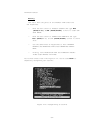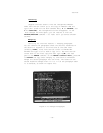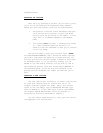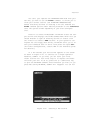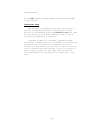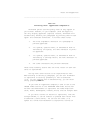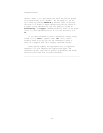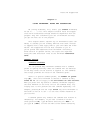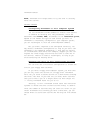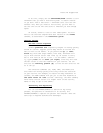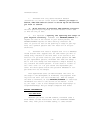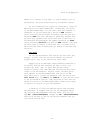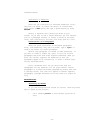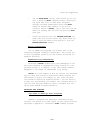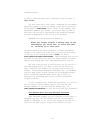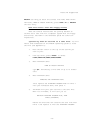
ThinkTank Manual
MOVE, ThinkTank will forget about it by the time it actually
moves the outline.
GETTING STARTED
Configuring ThinkTank to Your Computer System
You use ThinkTank’s FILES command to create a new outline
or examine an existing one. The procedures, which are
described under FILES, NEW, and EXISTS in the reference guide,
depend on the number and type of disk drives you have. If
ThinkTank is incorrectly configured to your computer system,
you can reconfigure it with the UTILITIES/DISK command.
But you aren’t required to be configured correctly. You
may choose a different configuration so long as you don’t tell
ThinkTank to do something impossible —— like open an outline
on a nonexistent disk drive. For example, suppose you are con-
figured for three floppy disk drives but have to take one in
for service. There’s no need to reconfigure, so long as you
avoid selecting the missing drive.
Choosing the Size of Your Floppy—Disk Outlines
You can also use a fictitious configuration to choose the
size of your floppy disk outlines.
If you have a floppy disk computer system, you know that
you can only store one outline on a floppy disk. ThinkTank
won’t let you store a second outline on a disk without erasing
the first. But what if you have two (or more) small outlines
that you’d like to put on a single disk? You know they’d fit
—— if only ThinkTank would let you do it!
Actually, it will. ThinkTank allows users with hard disk
systems to choose the size of their outline files; it doesn’t
limit the number of outlines they can store on a disk. If you
“fool” ThinkTank into thinking you have a hard disk, you can
choose where to store each outline and how big the file should
be.
—72—



